You might imagine that it's the small nations that present
the biggest challenge for this blog. Smaller, poorer nations don't tend
to put large numbers of recipes online, and online is where I get most
of my material. I know, Google University. But I don't have the budget
(or the bookshelf space!) to buy a book from every nation, so I Google
everything. And anyway, I'd have the same problem with those small
nations, which don't tend to produce a lot of books about their cuisine,
either.
But really an equally big challenge comes from the
larger nations, or those nations that are prominent on the international
radar. Why? Because you can find loads of different websites that
feature the food from these places, and most of them are so overstuffed
with information that a) you just don't know what to choose and b) you
don't know how much of what you're seeing is authentic, vs. how much is
just the stuff people in that nation like to eat.
Yes, I found pasta and curry recipes while I was searching for authentic Irish dishes.
So
I had to go with recipes that I knew were authentic, and that limited
me again, almost as much as I'm limited by the lack of information about
those smaller, more obscure places.
 |
| Drombeg Stone Circle, County Cork, Ireland. Photo by Karli Watson. |
Ireland. It's the land of
four leaf clovers and little green men who drink beer and live in pots
of gold under the rainbow. Except that's just the way we clueless
Americans view Ireland, because we Americans can't get past the whole
St. Patrick's Day thing.
In fact in Ireland St. Patrick's Day is
not the 24 hour party it is here in the states--it's more of a holiday
on par with Labor Day, where all the banks close and everyone takes the
day off to be with friends and family. For fun, the Irish spend St.
Patrick's Day watching television broadcasts of all those ridiculous
Americans getting drunk at St. Patrick's Day parades.
But guess
what, Ireland also exists during the other 364 days of the year. It is
divided into two parts: Northern Ireland, which is a part of the United
Kingdom, and the Republic of Ireland, which is independent. It is
actually an island nation: the third-largest island in Europe and
the twentieth-largest island on Earth. That doesn't mean that Irish food
is coconuts, crab and piña coladas, though. As island nations go, it's
just too far north for that. Instead the Irish eat pretty similar stuff
to what the English eat--lots of stodgy pies, beef and lamb and, of
course, cabbage.
Which brings me to my meager pickins for this
week's recipes. I know just a couple of weeks ago when I did Hungary I
rejected several recipes because they were too similar to recipes I
already cook at home on a regular basis. This week I had no such
qualms--I chose a beef and Guinness casserole even though it was quite
similar to the beef and Guinness stew I often do during the winter
months. Why did I decide to do this? Because of all the recipes I found
during my search, it was one if the few I could actually verify as being
Irish. And also because my husband loves beef and Guinness anything.
So here's the recipe:
Beef and Guinness Casserole
(from
YourIrish.com)
- 1 1/2 lbs beef, cubed
-
6 oz lean bacon, cubed
-
1 tbsp vegetable Oil
-
1 lb shallots or small onions
-
3 cloves garlic, crushed
-
1 tbsp sugar
-
to taste salt
-
to taste pepper
-
to taste dried
Basil
-
to taste dried Parsley
-
1 tbsp butter or margarine
-
2 tbsp flour
-
1 bottle Guinness Stout
-
1 tbsp wine or cider
vinegar
And on the side:
Colcannon
(from
YourIrish.com)
- 1 1/2 lbs potatoes
- 1 1/2 cups milk
- 1 head green cabbage, grated
- 1 tbsp butter
- Salt and pepper to taste
And some bread:
Irish soda bread
(from
DoChara.com)
- 4 cups whole wheat flour
- 2 cups all-purpose flour
- 1 tsp baking soda
- 1 tsp salt
- 2 1/2 cups buttermilk
For dessert:
Irish apple pie
(from
YourIrish.com)
- 2 cups all-purpose flour
- Pinch salt
- 1/4 cup butter or margarine
- 1/4 cup lard, shortening
- 2 tbsp cold water
- 2 lbs Granny Smith apples, peeled, cored and thinly sliced
- 2 whole cloves
- 1 tsp cinnamon
- 3 tbsp brown sugar
- 3 tbsp milk
- Cream or custard to serve
Let's do the beef casserole first. Start by browning the beef and bacon in a hot pan ...
... then drain off the fat and transfer to a deep casserole dish with the onions. Season with salt and pepper and the herbs and top with the garlic. Sprinkle some sugar on top.
Now add some butter to the pan you used to brown the meat. When it's melted, add the flour and stir to make a roux. Add the Guinness and stir until thickened, then pour over the beef and onions.
Put the cover on your casserole dish and cook at 300 degrees for up to 3 hours (I only left mine in for about an hour, and that was plenty of time). Add more Guinness if the meat dries out. When ready to serve, pour over a little bit of vinegar.
Now for the bread:
Preheat your oven to 425 degrees. Sift the whole wheat flour with the all-purpose flour, salt and baking soda. Make a well and add about 3/4ths of the milk. Mix gently until you get a soft ball, adding more milk if necessary.
Now shape the dough into an oval about two inches thick. With a knife, make an "X" in the top and transfer to the oven.
Bake for 10 minutes, then reduce heat to 400 degrees and bake for 30 to 40 minutes more. Remove when the bread makes a hollow sound when you knock on it.
And the colcannon, which is basically a mashed potato with a twist.
First boil the potatoes until they can be pierced easily with a fork. Drain and mash and mix with the milk. In a separate pot, boil the cabbage. Remove from the pot and toss with the butter until it melts.
Fold the cabbage into the potatoes. Season with salt and pepper and serve.
And finally the apple pie. All I really have to tell you is to just make the apple pie the way you make every apple pie, because it's really not that different. But in case you don't often make apple pie, here are the instructions anyway:
First mix the flour with the salt, then rub in the butter and lard/shortening until you get a mixture like breadcrumbs.
Add cold water a little bit at a time until you have a firm dough.
Now roll out about 3/4ths of the pastry into a flat disk and use it to line an 8-inch pie pan. Pour in the apples and sprinkle with the cinnamon and sugar.
Now take the remaining pastry and cover the apples. Please try to do a better job than I did. Crimp the edges to seal and cut a few slits in the top to allow steam to escape. Brush with milk and bake at 400 degrees for 30 minutes or until golden.
This
was a great, hearty cold-weather meal. Too bad it wasn't actually cold
outside, but there you go. The Guinness stew was great, and actually
quite a bit different from the one I make--mine doesn't have vinegar or
bacon, so there were definitely some different flavors in this one. I
really liked the colcannon, in fact I think I'll make this as a side for
roast beef in the future because I could only taste a hint of cabbage
in there and I doubt my kids would suspect that they're being given
vegetables.
I liked the bread, too, though it was heavy as you would
suspect for any bread that doesn't have yeast in it. As for the pie,
well, it was apple pie, what's not t like? It really wasn't any
different from American apple pie though, so it almost seems like it
doesn't count. But whatever, tasty meal, very British isles, but shhh
don't tell anyone from the Republic of Ireland that I said that because
no one there would ever call themselves "British."
Next week: The Isle of Man
For printable versions of this week's recipes:
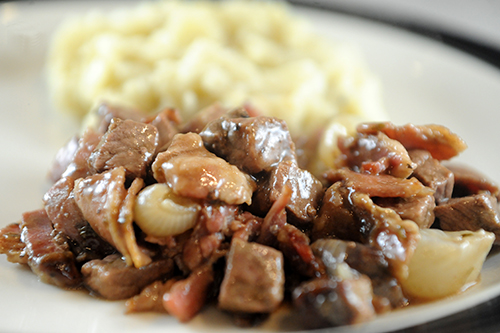


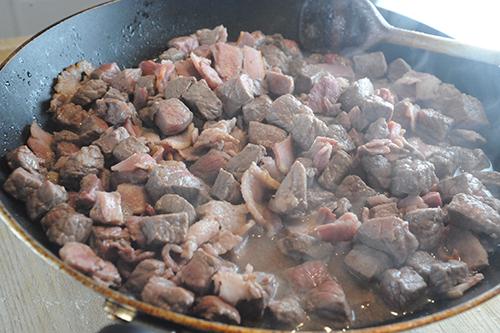
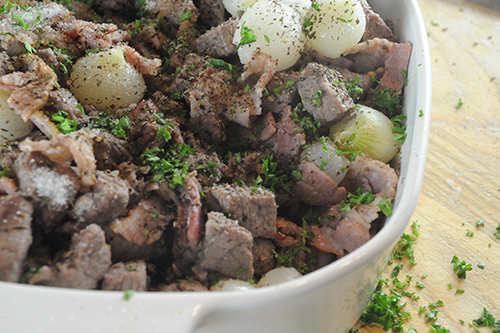

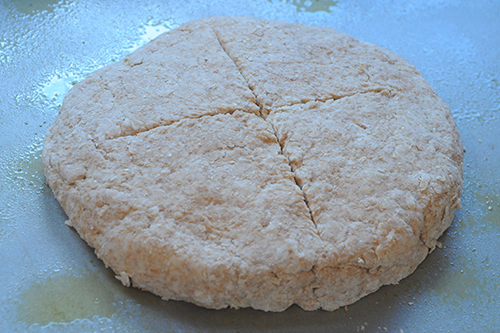
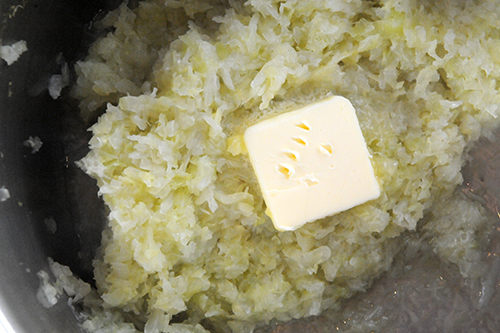
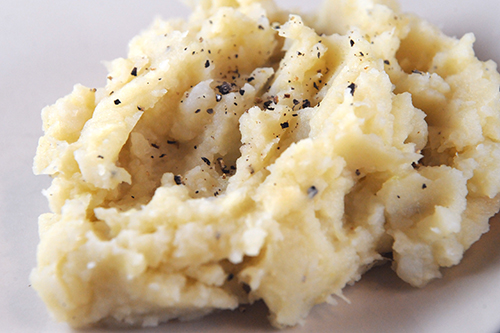
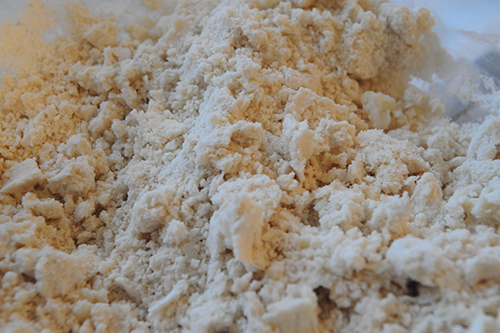
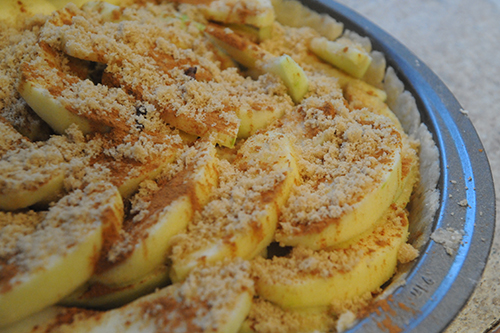
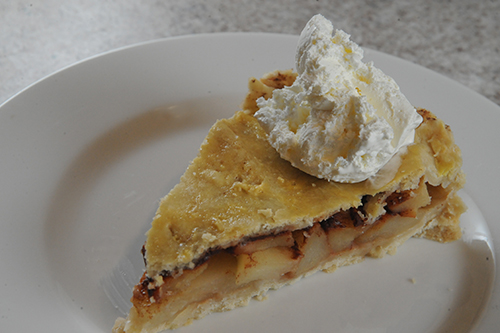











0 comments:
Post a Comment